Industry 5.0: what it is, requirements, incentives and benefits for companies
Integrating creativity, artisanal skills and the strategic thinking of human beings with the multiple opportunities offered by the emergence of new technologies: in a nutshell, this is the objective of Industry 5.0. A Collaborative Industry which - compared to Industry 4.0 focused on the digitalisation and automation of industrial processes - leads companies to combine resilience, environmental and social sustainability, giving particular importance to the well-being of workers.
A paradigm shift that represents the fifth industrial revolution and overcomes the limits of industry 4.0 in relation to production, aiming to integrate human capabilities into the pre-existing technological production environment. A concept that is not limited to collaboration between workers and innovative technologies, instead creating a sort of symbiosis that involves the division of tasks to be carried out between man and machine in a complementary way.

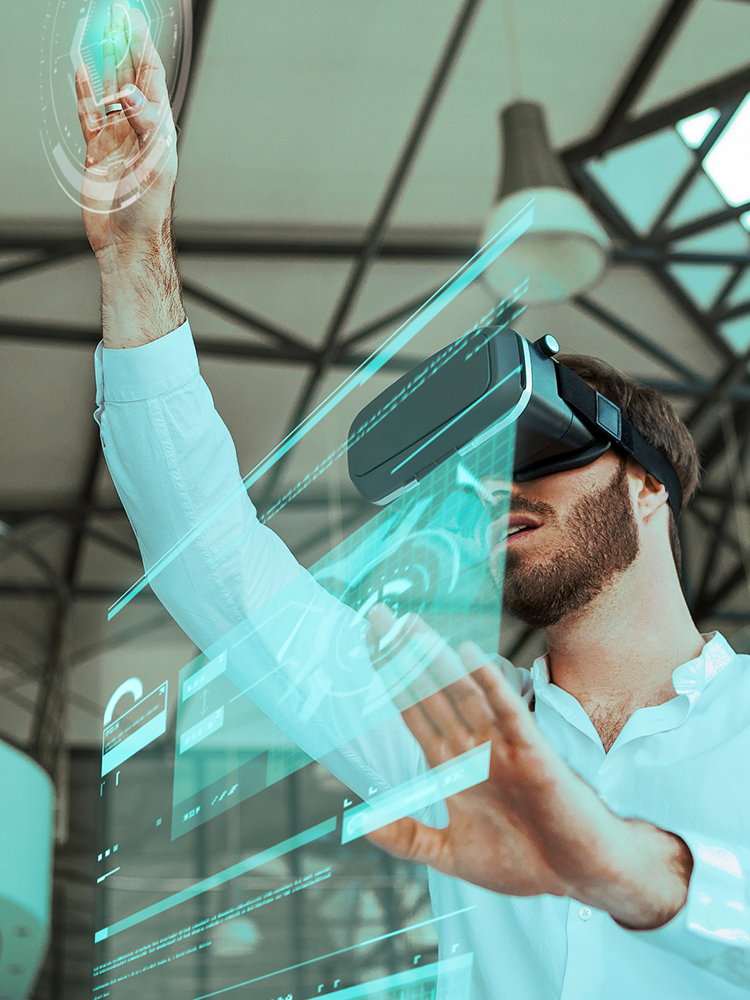
What is Industry 5.0
Industry 5.0 therefore focuses on the integration of human capabilities within technological production environments and on sustainability, with the synergy between automation and human-machine collaboration as crucial as the improvement of working conditions and social responsibility.
A paradigm that led the European Commission to outline the guidelines in the document "Industry 5.0 - Towards a sustainable, human-centric and resilient European industry" published in 2021, thus introducing the fifth industrial revolution.
At the beginning, the report highlights how Industry 5.0 completes the Industry 4.0 paradigm, highlighting research and innovation as drivers for a transition towards a sustainable, human-centered and resilient European industry.
Difference between industry 4.0 and industry 5.0
Unlike Industry 4.0, focused on optimizing production processes thanks to technologies such as Artificial Intelligence and IoT, the Industry 5.0 paradigm places emphasis on human-machine collaboration, without neglecting the importance of sustainability and customization.
The common trait is represented by research and the contribution of technological innovation, but if Industry 4.0 the focus consists in optimizing production mainly thanks to cyber-physical systems, IoT and AI, Industry 5.0 focuses on the individual and his relationship with technology.
The three requirements of Industry 5.0
According to the report, in fact, Industry 5.0 rests on three essential pillars:
• Human Centricity, i.e. the use of technology as a tool to adapt the production processes of goods and services to human needs, contrary to Industry 4.0 in which it is the worker who adapts to new technologies.
• Environmental sustainability through the adoption of processes typical of the circular economy which optimize the use of raw materials and the respective reutilization, consequently reducing waste, polluting emissions and the environmental impact of individual companies thanks to reuse and recycling.
• Resilience as a necessity for industrial production that allows us to resist and overcome economic crises, contrary to what happened with the pandemic. On the one hand through independence in the supply of energy and raw materials to respond quickly to major global crises, on the other through the ability to quickly adapt to the changing market context thanks to production processes characterized by flexibility.
Industry 4.0: the 5+2 requirements and comparison with industry 5.0
Returning to Industry 4.0, the paradigm of the fourth industrial revolution has transformed production processes thanks to digitalisation and automation on the basis of seven key principles, namely the so-called "5+2 requirements" which constitute the technological and organizational pillars thanks to which it is it was possible to optimize the production processes:
1. Interoperability: ability to communicate and exchange data between the components of the company's cyber-physical system (both internal and external), made possible through the use of technologies such as the Internet of Things (IoT).
2. Virtualization: the use of digital twins, capable of replicating production processes, analyzing and testing them in virtual environments, with consequent savings in terms of costs and resources.
3. Decentralization: delegating decisions to cyber-physical systems, which decide autonomously and flexibly, based on operating conditions and pre-established objectives.
4. Real-time adaptation capacity: collection and processing of data in real time with the aim of responding and adapting quickly to changes in context.
5. Service orientation: transformation of products into digitalized services.
6. Modularity: ability to adapt and modify production lines quickly and economically, putting flexibility at the center to respond to changing market and customer demand.
7. Security and data protection: essential requirement to protect the information contained in company systems from violations and external access, in an increasingly "connected" context in which cyber threats are multiplying rapidly.
Comparing Industry 4.0 with the Industry 5.0 paradigm, emerges a transition towards a sustainable model that puts human beings at its center. In fact, if Industry 4.0 emphasizes efficiency and automation, Industry 5.0 takes up and expands these principles while also taking into account the social and environmental implications by placing collaboration between man and machine, the adoption of sustainable practices and resilience as made clear by the European Commission.
Therefore, Industry 5.0 does not eliminate the technological requirements of Industry 4.0, instead integrating them into a broader vision that pays particular attention to human well-being and the protection of the Planet.
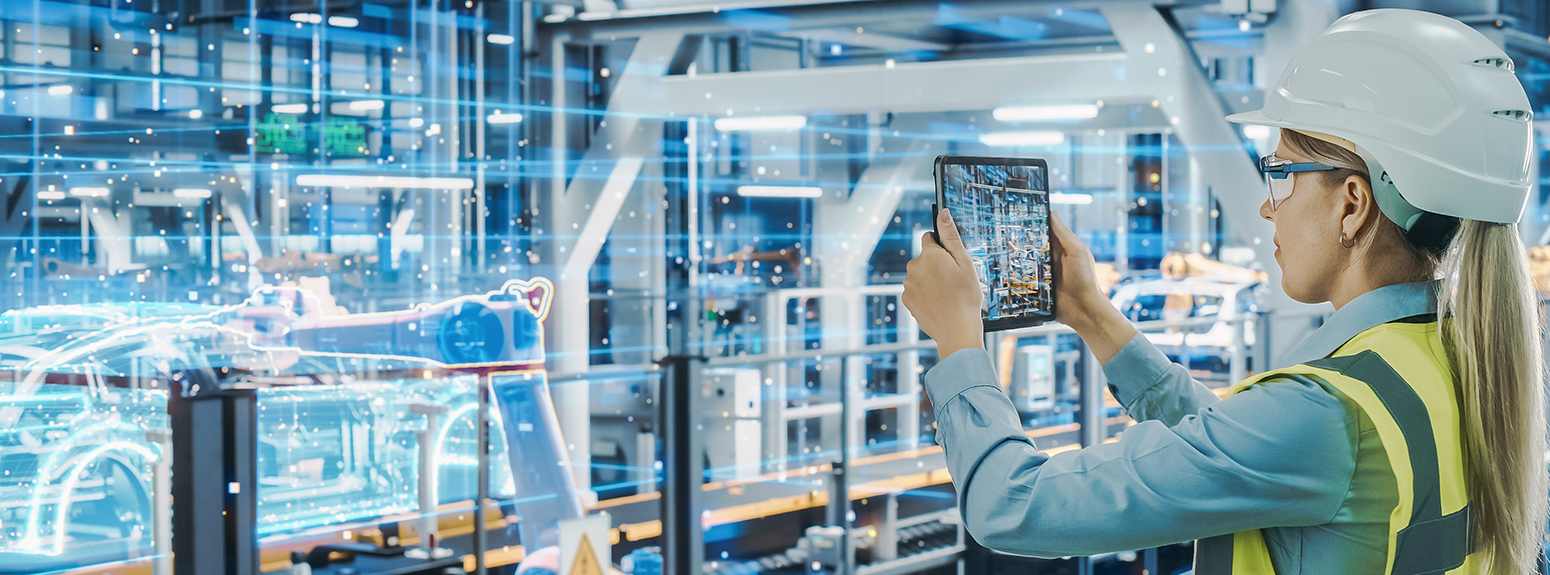
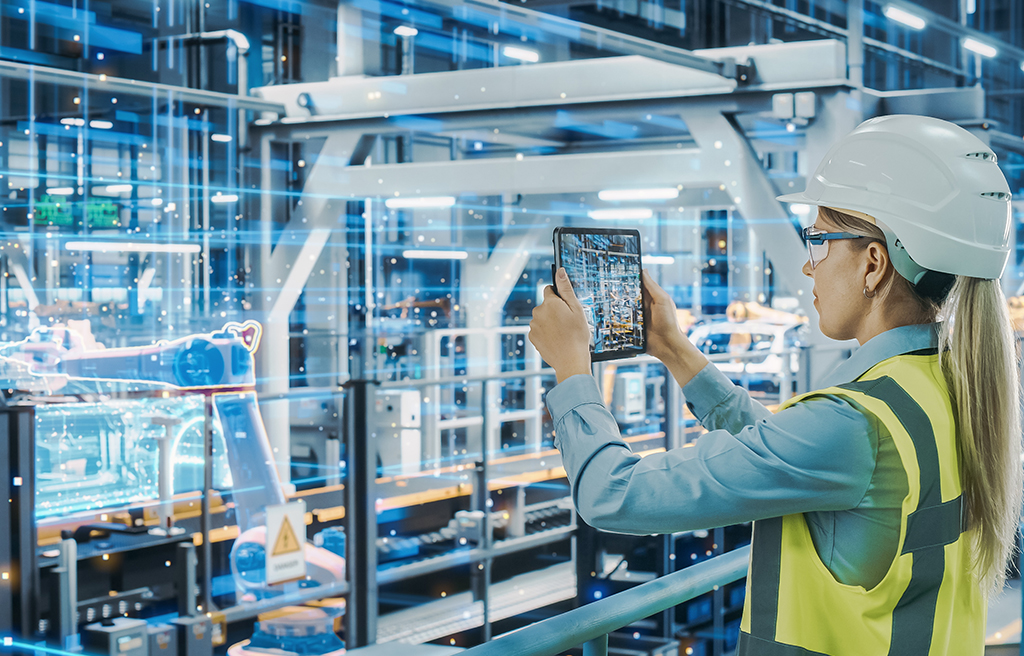
What are the enabling technologies for Industry 5.0
The European Commission's policy brief also identifies six enabling technologies for Industry 5.0:
- Personalized human-machine interaction, which involves the production of "tailor-made" goods and services capable of satisfying the specific needs of customers
- Technologies inspired by nature and intelligent materials with positive impacts on environmental sustainability.
- Digital twins (or rather, virtual replicas) of physical products that return a real-time snapshot of the product's status, allowing future performance to be predicted and possible improvements to be tested in a virtual environment;
- Technologies for the collection, storage, analysis and processing of big data.
- Artificial Intelligence applied in various fields.
- Innovations for energy efficiency, renewable energy, energy storage and autonomy.
The importance of cybersecurity in Industry 5.0
Added to these six technologies are those for cybersecurity, which in a "connected" world as envisaged by the Industry 5.0 paradigm must guarantee the security of the information most relevant to the business. It therefore becomes essential to protect industrial systems from multiple cyber threats and external violations.
Intelligent automation and autonomous decision making
Another fundamental aspect of Industry 5.0 consists of intelligent automation, capable of enabling machines and robots to make autonomous decisions based on data processed in real time. Thanks to intelligent automation, therefore, companies optimize production, adjusting it in accord with the trends of the reference market.
The crucial role of Artificial Intelligence and robotics
Intelligent automation - as the name suggests - is based on Artificial Intelligence, which is one of the main themes of Industry 4.0 which plays a crucial role in the future of Industry 5.0. This is because in addition to integrating human work, AI will increasingly improve companies' decision-making processes, optimize production processes and enable predictive maintenance strategies.
Finally, technologies in Industry 5.0 support and assist human workers by automating monotonous and repetitive tasks, allowing workers to focus on those with high added value. For example, cobots (collaborative robots) among the various activities carried out will be able to carry out those that are particularly dangerous for the safety of individuals.
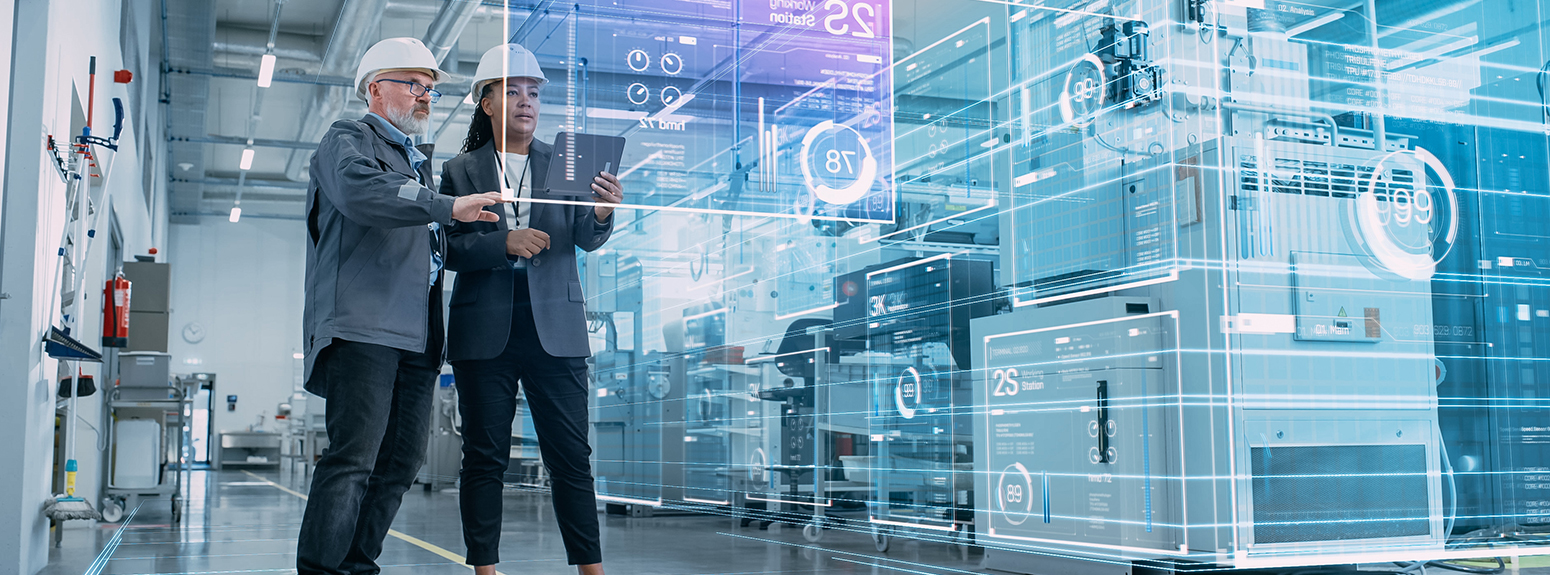
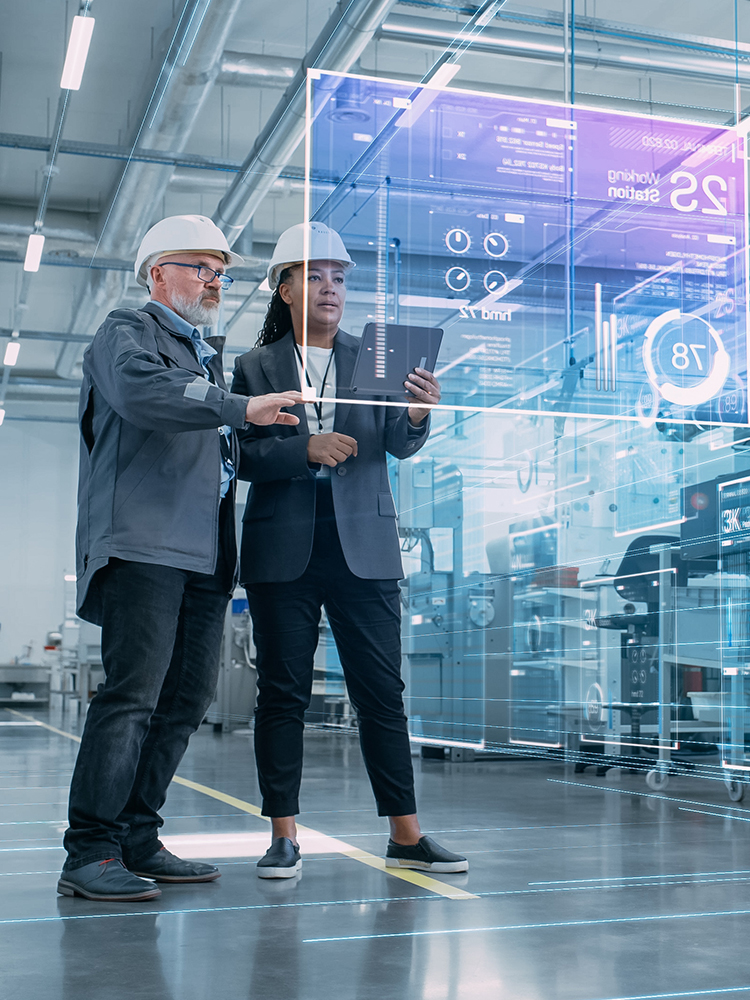
The importance of training and reskilling and upskilling paths in Industry 5.0
Another crucial aspect for Industry 5.0 lies in training. In fact, the changing relationship between man and machine requires a new generation of workers considered as investments, who have advanced digital skills, a strong aptitude for problem solving to which flexibility and adaptability are added.
From this perspective, it is essential that companies prepare continuous training programs to create professional figures capable of understanding and using new technologies, for example by best interfacing with digital tools such as AI and cobots.
Companies are therefore called to invest in the continuous training of workers also through the preparation of personalized reskilling and upskilling paths, as well as encouraging the development of transversal skills of employees to seize the opportunities offered by Industry 5.0.
The main benefits for Industry 5.0 companies
Industry 5.0 in fact allows companies to obtain numerous advantages, starting from the ability to suddenly adapt to customer expectations by offering increasingly personalized products and services that increase satisfaction, while simultaneously creating new market opportunities. Furthermore, thanks to the new man-machine relationship, in Industry 5.0 operations are more efficient and flexible, with production processes readjustable in real time to respond to increases or decreases in demand, thus optimizing the use of resources.
The automation of repetitive tasks, then, allows human workers to focus on aspects that can reduce operating costs while simultaneously increasing productivity, with greater employee involvement also contributing to business innovation.
Having sustainability among its key principles, Industry 5.0 promotes the use of renewable energy with companies becoming an active part in the ecological transition by adopting the principles of the circular economy, as well as making them more attractive for consumers who are increasingly inclined to choose sustainable products.
The challenges for companies in the transition towards Industry 5.0
The adoption of a human-centric approach devoted to sustainability, however, is not sufficient to optimize productivity without exploiting innovations and approaches established with Industry 4.0. From this perspective, in order to prepare for the transition towards Industry 5.0 it is necessary to prepare a coherent path that includes the enabling technologies of the previous model.
Implementing production practices that drastically reduce environmental impact while promoting circularity necessarily requires a strong technological contribution, with reference to the 4.0 paradigm as the "basis" for pursuing and achieving the sustainability of a single company or an entire supply chain.
Circular economy and technological innovation in Industry 5.0
Finally, IoT, Artificial Intelligence and data-driven approach are typical of Industry 4.0, but also essential for various aspects of the circular economy (for example waste reduction, recycling and eco-compatible design) which is part of the Industry paradigm 5.0.
Innovation, therefore, is crucial for the transition towards the new industrial model, and the fact that many Italian companies (especially SMEs) do not have the resources to make it represents a challenge to overcome. How? By taking advantage of the various incentives - state and community - and through Open Innovation which allows new technologies to be integrated into the various processes while reducing costs significantly.
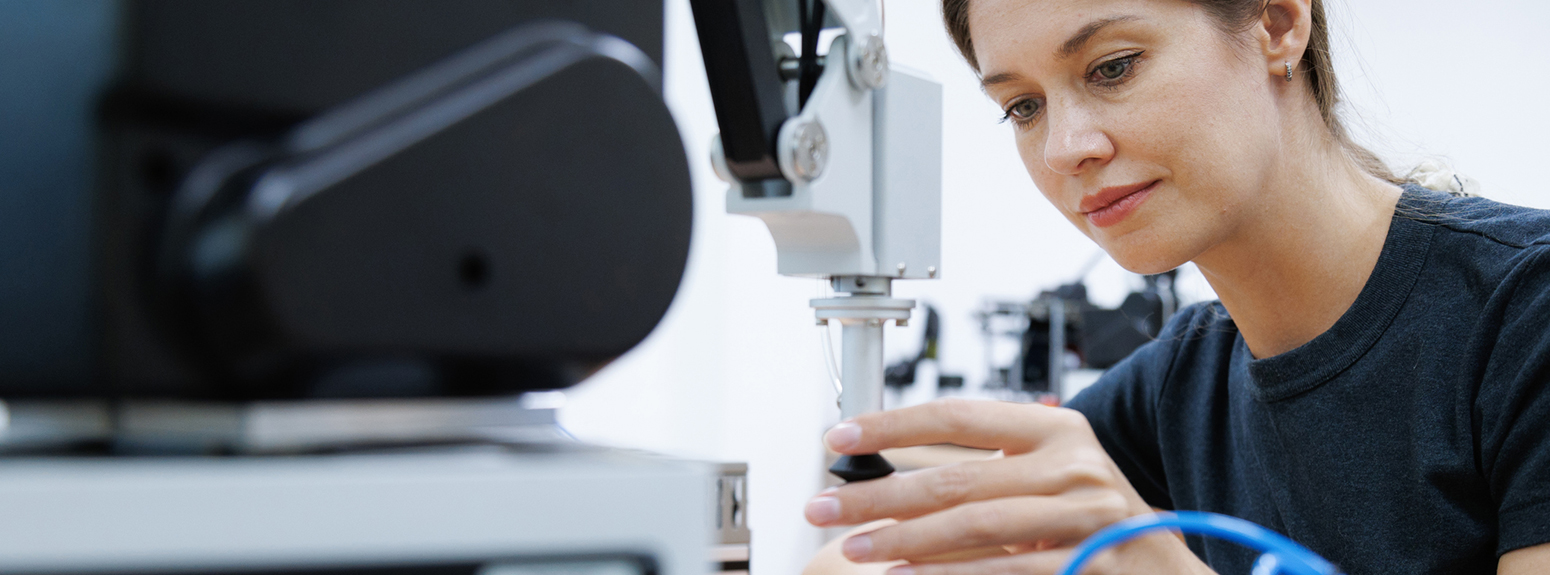
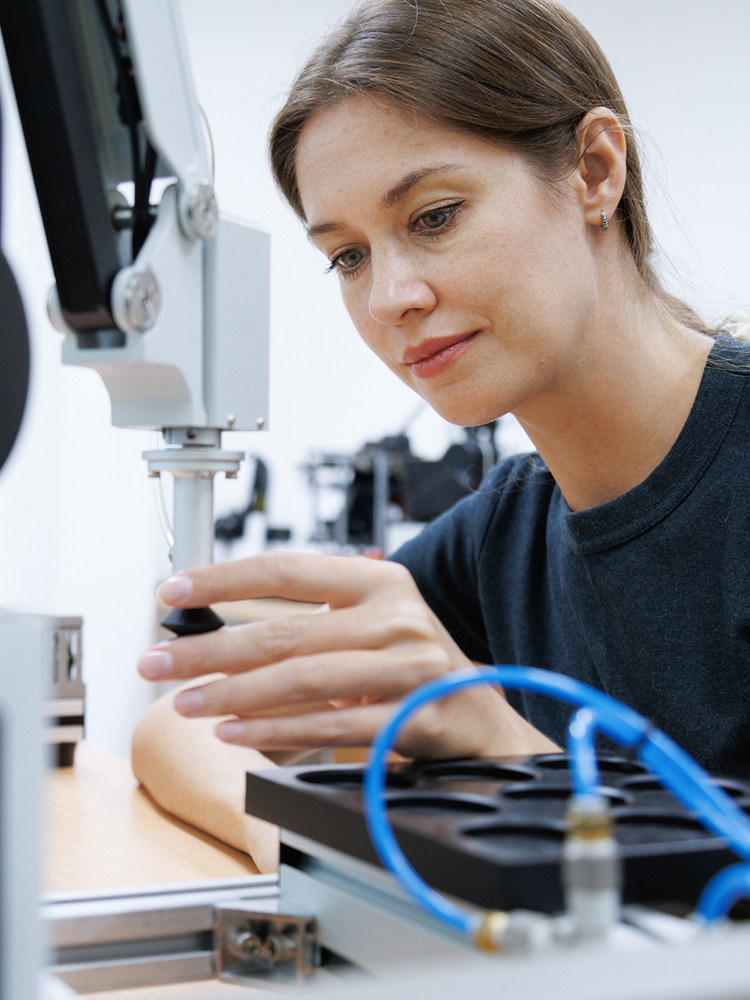
Transition 5.0: what it is, what the NRRP plan provides and the incentives for Industry 5.0
As regards Italy, in 2024 the Government approved and made operational one instrument aimed at further encouraging the digital transition and sustainability of Italian companies: the Transition Plan 5.0.
The Transition Plan 5.0 is part of the investments envisaged by Mission 7 "RePower EU" under the NRRP decree-law approved last February 16, has a total financial allocation of 6.3 billion euros equally divided between 2024 and 2025, and aims to support the transition of production processes towards a sustainable and energy efficient production model as it is mainly based on the use of renewable energy.
The measure provides a benefit in the form of a tax credit proportional to the expenditure incurred for new investments in production facilities located in Italy carried out in the two-year period 2024-2025. The credit is recognized on the condition that a reduction in energy consumption of at least 3% is achieved for the production structure or, alternatively, of at least 5% of the process affected by the investment, as clarified by MIMIT with the publication on the official website of the Ministry of Enterprises and Made in Italy of the requirements and details to access the Transition 5.0 incentives.
How Intesa Sanpaolo supports the energy and digital transition with the “Your future is our business” program
State incentives to which are added 120 billion euros made available to Italian companies by Intesa Sanpaolo with the "Your future is Our Business" program, aimed at accompanying them in the transformation and renewal processes linked to the energy and digital transition, also facilitating access to the new measures of NRRP.
The planned interventions, which aim to accelerate the recovery and return to investments of the country's economic-industrial fabric, are part of the Group's actions in support of the objectives of the NRRP for which Intesa Sanpaolo has allocated a total of over 400 billion euros.
The role of Intesa Sanpaolo Innovation Center in the dual ecological and digital transition
Furthermore, as clarified by the Head of Innovation Business Development of Intesa Sanpaolo Innovation Center Alessandro Balboni in his speech at the Open Innovation Summit - organized by Sole 24 Ore in collaboration with Zest last October -, the Group believes that investments in the CleanTech and ClimaTech fields are economically advantageous for businesses.
The constant increase in Venture Capital investments in the Eurozone in CleanTech technologies, typically more B2B than B2C, highlights how investors glimpse a commercial and market future for these technologies, which in Europe rest on solid foundations as the Old Continent is still a leader in skills relating to the "world of materials" and the manufacturing sector.
Furthermore, unlike other technologies, awareness of climate change has generated "bottom-up" demand, i.e. from end consumers who prefer sustainable products with reduced environmental impacts. Added to this are endogenous and exogenous market phenomena which induce companies - especially transformative ones - to redefine production models, and the new regulations which oblige the entire value chain to be more transparent and more attentive to the sustainability of production processes, thus determining an economically advantageous future for CleanTech and ClimaTech technologies.
The centrality of Open Innovation to promote the resilience of Italian companies
“The objective of the Group and the Intesa Sanpaolo Innovation Center is to help the development of these technologies in the entrepreneurial fabric. On the one hand by supporting the development of innovations in the world of innovative startups and technology transfers; on the other hand, helping companies to adopt the aforementioned technologies because we believe that they are the basis of the resilience of their economic model", underlined Balboni. From this perspective, promoting Open Innovation (OI) is a central theme, as CleanTech and ClimaTech do not represent core investments in various sectors. In this perspective, OI represents one of the tools with greatest appeal.
Concepts partially reiterated during the eleventh edition of InnovAzioni - National Innovation Festival promoted by Confindustria Abruzzo Medio Adriatico with the support of Intesa Sanpaolo - which took place in Pescara on 15 and 16 November 2024.
The importance of startups for the ecological and digital transition of businesses
Participating in the Round Table entitled "Digitalization, Sustainability and Resilience", in fact, Balboni highlighted how innovative startups are represented by people with significant skills and the desire to emerge, therefore proposing themselves as flexible partners with which companies can compete, "especially for companies that, due to dimensional or organizational issues, have not had the opportunity to significantly invest in the various aspects of Industry 5.0, and consequently need a partner to start a path that allows them to quickly recover the ground lost".
The mission of Intesa Sanpaolo Innovation Center
Support for startups, expansion of the innovation offer and facilitation of the meeting between supply and demand thanks to Open Innovation
In this sense, for the Innovation Center and the Intesa Sanpaolo Group, startups are part of the actors that can promote the double transition, ecological and digital, but are characterized by the need to grow quickly and overcome various challenges.
To do this, innovative entrepreneurial realities need three basic factors: human capital and skills, financial capital and a market in which they can enter. From this perspective, "Innovation Center seeks to help the world of startups and innovative SMEs by following the mission entrusted by the Parent Company, i.e. promoting, supporting and developing the innovation offer to the Group's customers", clarified Balboni.
Then underlining how Intesa Sanpaolo Innovation Center seeks to help these entities "to develop the typical skills of a successful company in the digital sector through numerous initiatives, such as collaborations with universities and technology transfer centers, with the world of incubation and acceleration, as well as financial support for the most deserving startups that can succeed on the market" and that benefit from business development initiatives, innovation dissemination events, match making, and ventures clienting towards medium/large companies in an Open Innovation perspective.
Returning to the transition towards Industry 5.0, the most promising areas for innovation in Italy mainly concern the manufacturing sector as - excluding tourism - it represents the driving sector of our economy. “The digitalisation of processes, ClimaTech and CleanTech, as well as some niches on new materials represent the most promising areas where specialist skills, including basic research, are historically an excellence of our country”, clarified Balboni.
Artificial Intelligence: the "supremacy" of the USA and the opportunities for Italy and Europe
Also highlighting how Artificial Intelligence and the advanced use of data see not only Italy but the whole of Europe behind the US in basic technological stacks, although there is the possibility of still making a difference in the use cases of 'AI, in which the Old Continent starts with fewer disadvantages compared to the "supremacy" of the United States where Artificial Intelligence is used by companies to increase revenues.
“At Intesa Sanpaolo we believe in this opportunity so much that more than 4 years ago we built a laboratory (the AI Lab) which aims to create new know-how and new use cases on this technology, and we have supported it with a laboratory that has the same objectives but on neuroscience because these technologies must be developed taking into account the centrality of man. With neuroscience we study how it is possible to enhance human capabilities in the era of Artificial Intelligence", concluded Balboni.
